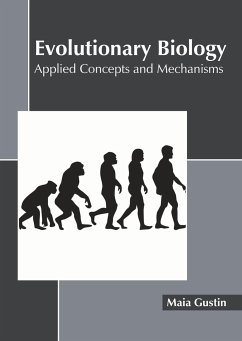Cenozoic Mammals and Their Evolutionary Context explores 65 million years of evolutionary history within the class of Mammalia, investigating the reasons behind the success of this group of animals. Their physiology, life history traits and adaptability led them to become one of the major components of the world's terrestrial ecosystems. The authors describe how biogeographic, climatic and environmental events played a crucial role in shaping terrestrial mammalian faunas, highlighting some of the major evolutionary radiations and adaptations that led mammals to colonize all environments, including the marine realm and the air. This book is a high level scientific description of mammalian morphological adaptations, such asosteology and morphofunction, which made them successful in various environments and through 65 million years of changing climates. The book proposes a scientific review of the major advances in our understanding of how present mammalian diversity and biogeography have been shaped in the previous two decades. * Reviews all major adaptive radiations such as swimming, flying-gliding, arboreal and fossorial behaviors and diets * Describes how mammals can be used to reconstruct past climates and past terrestrial environments through original quantitative and qualitative methods * Investigates the roots of today's mammalian diversity and biogeography * Focuses on the last 25 million years, which saw a dramatic change to modern groups still existing today
Hinweis: Dieser Artikel kann nur an eine deutsche Lieferadresse ausgeliefert werden.
Hinweis: Dieser Artikel kann nur an eine deutsche Lieferadresse ausgeliefert werden.








